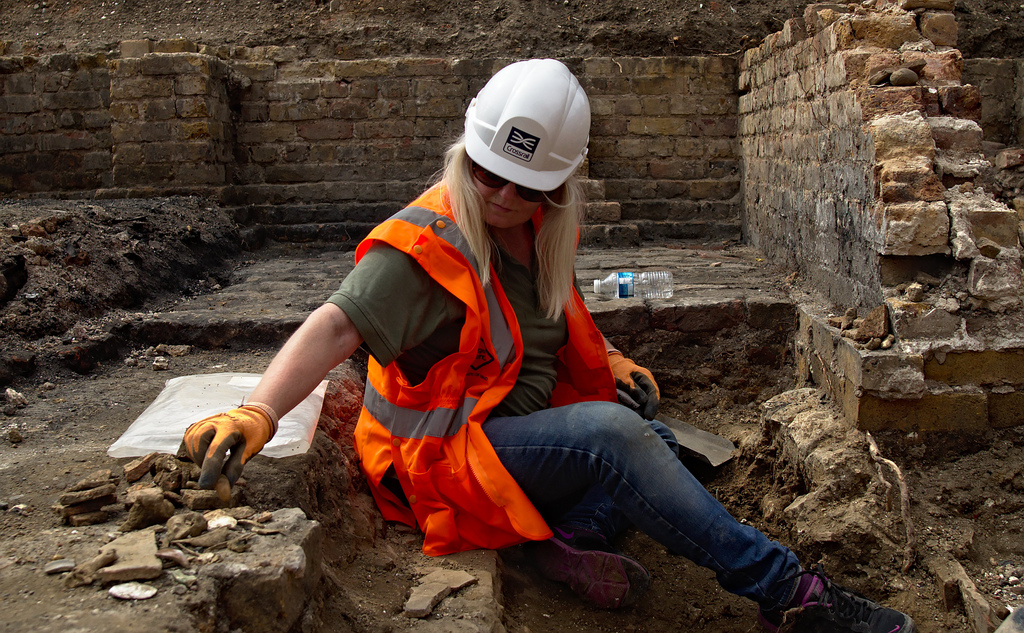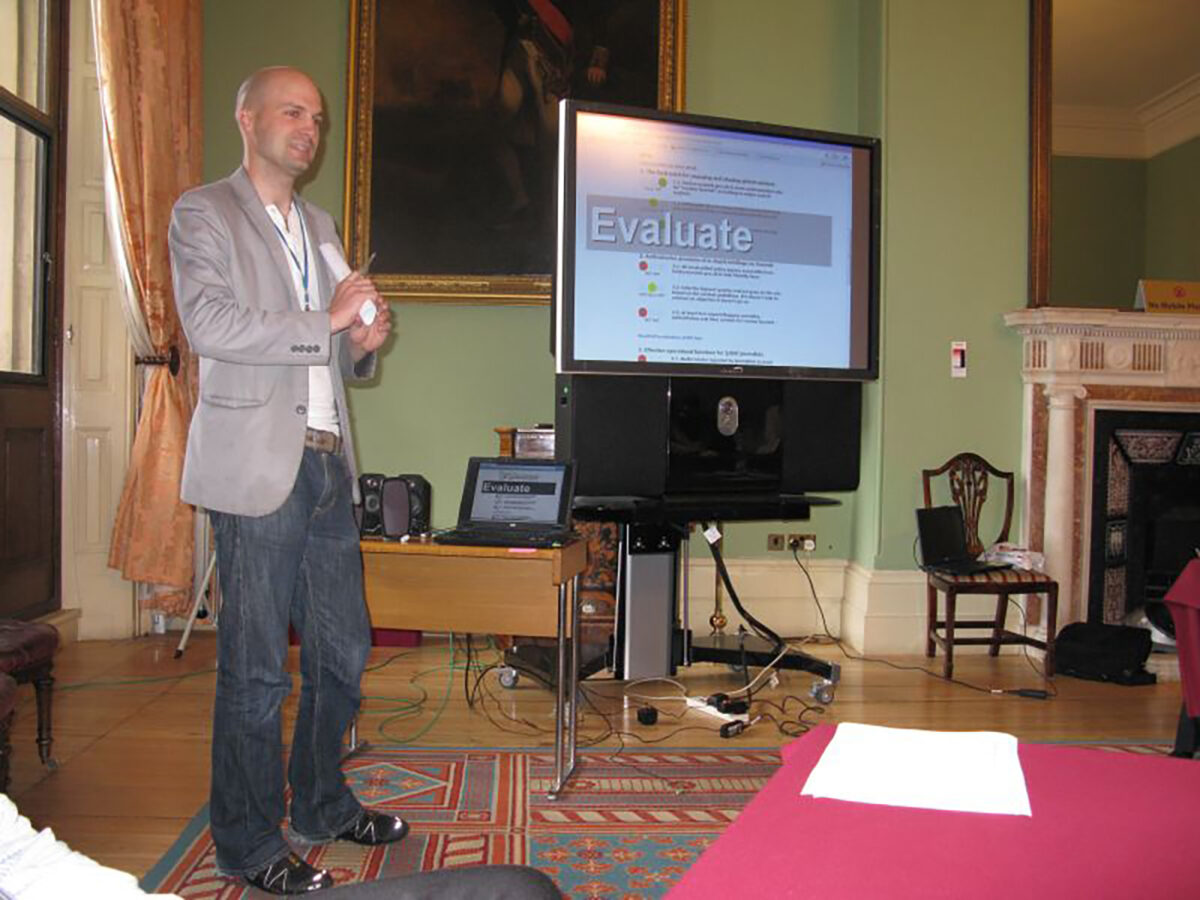Linus’ Law says that, given enough eyeballs, all bugs are shallow. It’s one of the paradoxes of open source, community-driven software that we can know it is good on the strength of how much is known about its frailties.
Simon Dickson opened and closed the first WordUp Whitehall event yesterday with a reminder that WordPress – perhaps the most prominent open source collaboration in the world today – is what we make it. There’s no certification programme, marketing campaign or single product manager guiding the roadmap. It was remarkable to chat to one of the project’s founders, Mike Little, in the pub afterwards about how WordPress has developed over the years in response to itch-scratching not only by the core contributors but by thousands of more or less expert developers of themes and plugins. Which I guess includes me.
Simon – who has done more than any other individual to popularise WordPress in central government in the UK – curated a remarkable day. By eschewing the unconference format for something more akin to a seminar amongst a relatively small group of Whitehall WordPress users and the small suppliers who help them use it, he put together a fascinating programme.
- Dave Coveney of Interconnect IT told the delightful story of Jan Britton from Sandwell Council, who started blogging to staff on WordPress.com and never stopped, with an internal site so popular that it actually takes some careful traffic planning
- Simon Collister from We Are Social described their clear, straightforward approach to online influencer mapping, assessing the Reach, Engagement and Visibility of bloggers and communities to generate a set of profiles for clients to use in planning their outreach activities
- Mark O’Neill, joint CIO of DCMS and CLG showcased the new transparency site his team have developed in WordPress (with some early initial coaching from me) to publish data quickly and cheaply. He’s wisely taken the ‘good enough’ approach, re-using an old theme of mine to get a site up rapidly, opening up access to partner organisations without their own capacity to publish documents easily
- Simon Everest of Defra and Simon Wheatley of Sweet Interaction described their work relaunching not just the technical plaform behind Defra’s corporate site, but the very purpose of the site, slashing content to 130 well-written pages, and using the flexibility of WordPress RSS feeds and categories to create a much more integrated site, and building a full load-balanced infrastructure at very low cost
- John and Martin from DFID are a Whitehall oddity: a team that still insources its IT – and clearly wisely. They showcased the two-hour project that produced a mobile version of DFID’s site, using WordPress
- Harry Metcalfe from DXW talked about building robust consultation sites in WordPress, and opened up a lively discussion about the security risks from poorly-written code (in a nutshell: there’s good and bad code in the WordPress world, as elsewhere. Don’t take sweets from strangers)
- Mike Little of Zed1 described the structure of one of the best-known public sector WordPress sites, Number 10, introducing the audience to a simply brilliant approach to managing WordPress in staging and production environments
Jenny Poole, Head of Digital Engagement at BIS, and I presented one of the morning sessions, talking about our project to develop the next generation of DIUS’ Commentariat WordPress theme designed to enable easy commenting on policy documents. Commentariat2, in use for the BIS Growth Strategy and subsequently as a pay-as-you-go platform via Read+Comment, tries to make the process of deploying new consultation sites as easy as possible for a non-technical user though extensive use of WordPress multisite networks, widgets, custom menus and theme options.
A good day.



Comments
[…] The Problem with WordPress at Helpful Technology: Blog – Great summary of what sounds like a great event. […]